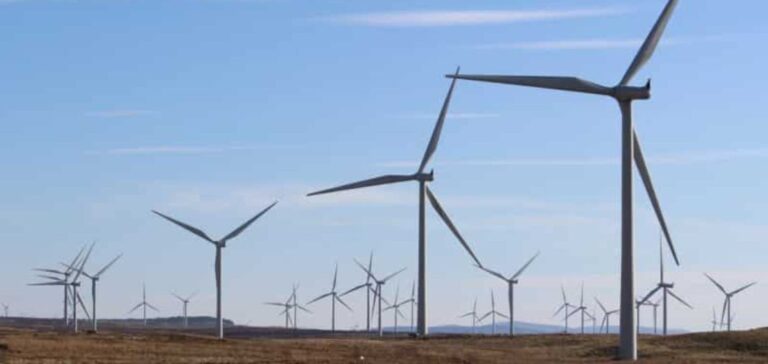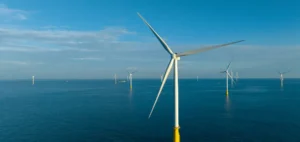ENGIE has received the green light for its first wind turbine in Brazil. It is the National Agency of Electric Energy (ANEEL) that gave its agreement to the company for the commercial exploitation of its wind turbine of a capacity of 6,2 MW of the wind complex of Santo Agostinho. The latter is located in the municipalities of Lajes and Pedro Avelino in the state of Rio Grande do Norte. In other words, the complex will have an installed capacity of 434 MW once completed, comprising 14 wind farms with a total of 70 wind turbines.
This authorization is an illustration of Brazil’s strategy to develop in renewable energies, particularly in wind energy.
22 months of efforts for ENGIE and the installation of its first wind turbine in Santo Agostinho
The construction of this first wind turbine in Brazil by ENGIE is the result of more than 22 months of efforts to set up the Santo Agostinho wind complex. Indeed, this project represents an investment of about R$ 2.3 billion for ENGIE, the company responsible for its implementation. The Complex further strengthens ENGIE’s objective to develop in renewable energies, with Brazil at the heart of this strategy. In addition, the implementation of Santo Agostinho is intended to meet the Company’s commitments and ensure a competitive advantage in the open contracting environment.
ENGIE Brasil Energia already has over 1.2 GW of installed wind generation capacity in its portfolio. The Serra do Assuruá project, located in the municipality of Gentio do Ouro (BA), will also add an additional 846 MW of power generation capacity, which is in the initial stages of implementation. In addition, the generator fleet will include the 434 MW of Santo Agostinho over the next two years.
Social projects to strengthen ENGIE’s impact in Brazil
Beyond its energy production mission, ENGIE is committed to investing in social projects to promote education, income generation and social well-being in the cities where its projects are located. This initiative is part of its commitment to contribute to the social and economic development of local communities.
In the city of Santo Agostinho, ENGIE has already considered 21 social projects for an amount of about R$ 4 million in private social investment. These projects aim to improve the living conditions of local communities and help them to develop socially and economically.
Among the projects supported by ENGIE in Lajes and Pedro Avelino are the construction of a multipurpose center at a cost of R$1.4 million, as well as the modernization of the 03 de Agosto, Distrito de Firmamento and Rio do Feijão community centers.
ENGIE has received approval from the National Electricity Agency (ANEEL) for the commercial operation of its first wind turbine in Brazil, located in the Santo Agostinho wind complex in the state of Rio Grande do Norte. This complex reinforces ENGIE’s objective to develop in renewable energies, with Brazil at the heart of its strategy. Beyond its energy production mission, ENGIE is committed to investing in social projects to contribute to the social and economic development of local communities.





















